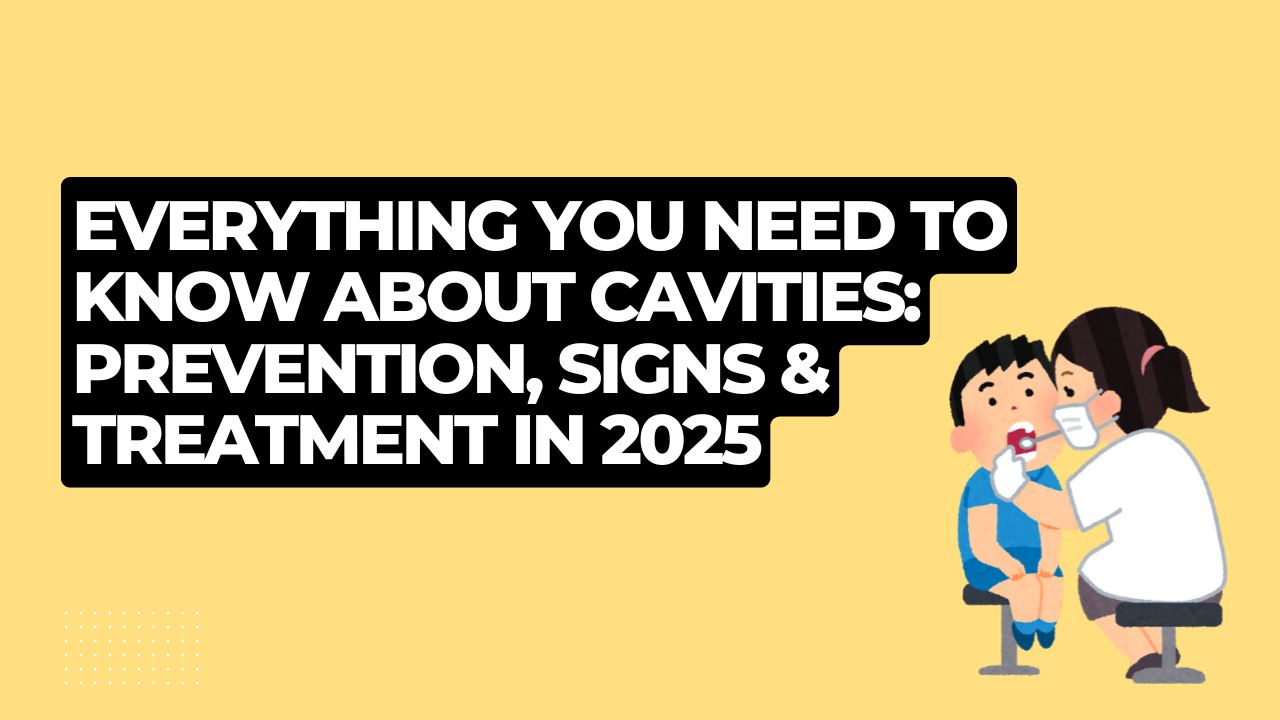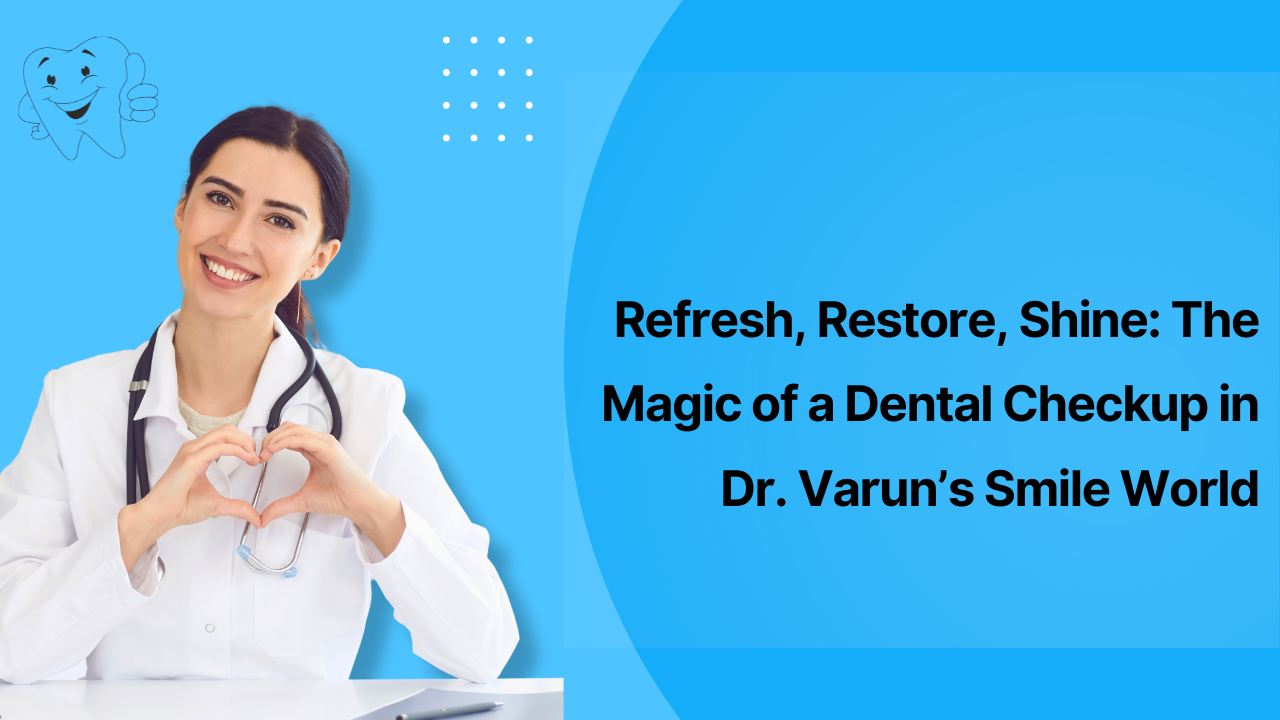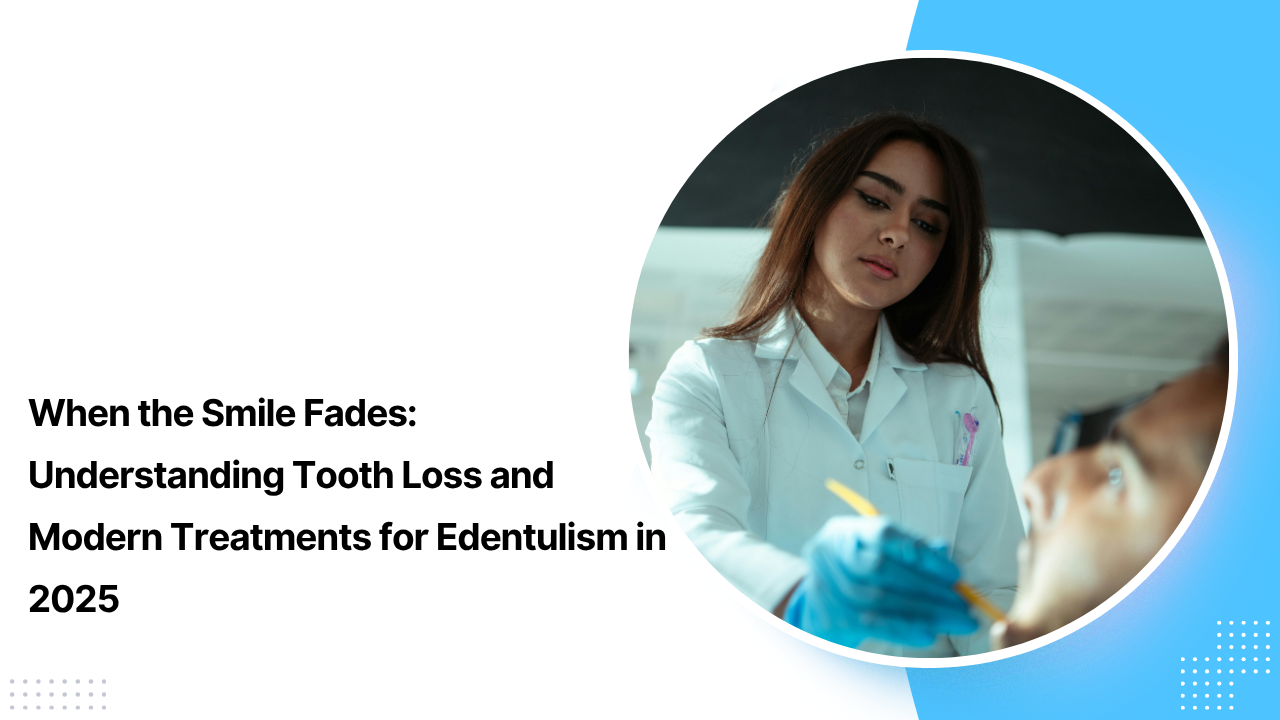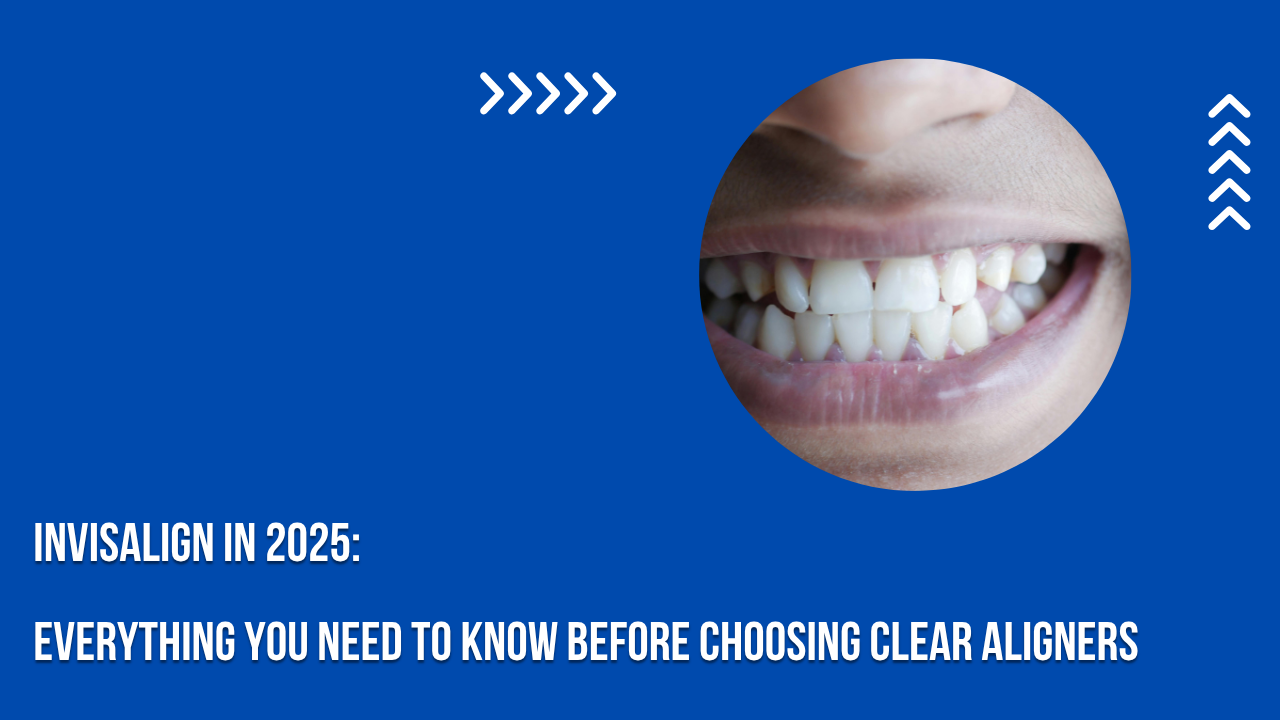Let’s be honest—most of us don’t consider cavities until our dentist points them out during a routine visit. “You have a small cavity here,” they say, and suddenly, your casual brushing routine feels inadequate.
But what if you understood how cavities develop? What if, instead of being surprised in the dental chair, you could actively manage your oral health every day?
That’s exactly the purpose of this blog. We’re cutting through the clutter to provide a clear, straightforward explanation of cavities—what causes them, how they form, the signs to watch for, and how you can prevent or treat them using the best methods available in 2025.
Starting with the Basics: What Is a Cavity?
Simply put, a cavity is a hole in your tooth caused by decay. While that sounds simple, there’s a complex process behind it.
Whenever you eat, especially sugary or starchy foods, your mouth becomes a breeding ground for bacteria. These bacteria feed on leftover food particles and produce acid as a byproduct. This acid erodes the tooth’s outer layer, called enamel, and if not properly cleaned away, it eventually creates a hole—a cavity.
And no, cavities aren’t just a problem for kids or those with a sweet tooth. They can develop in anyone, regardless of age or diet, if oral hygiene isn’t maintained.
Tooth Decay Often Develops Quietly
One of the most challenging aspects of cavities is that they often don’t cause pain initially. They can grow silently without you noticing. That’s why recognizing early signs is crucial.
These signs include:
- A mild ache or sensitivity when consuming hot, cold, or sweet foods
- A rough area or visible spot on the tooth surface
- Persistent bad breath that doesn’t improve with brushing
- Discomfort when chewing certain foods
- New gritty or sticky sensations in the mouth
Cavities progress slowly but steadily. Detecting them early leads to fewer complications and easier treatments.
What Causes Cavities Initially?
Many believe that cavities are caused only by sugar. While sugar is a major factor, it’s only part of the story.
Other factors that lead to cavities include:
| Factor | How It Impacts Your Teeth |
| Poor Brushing or Flossing | Allows plaque to accumulate, fueling bacteria and decay. |
| Irregular Dental Visits | Misses early signs of cavity formation. |
| Acidic or Sugary Diet | Feeds harmful bacteria that erode enamel. |
| Dry Mouth | Reduces saliva’s natural defense mechanism. |
| Deep Tooth Grooves | Hard-to-clean areas that trap food and bacteria. |
| Weak Enamel | Can be genetic or result from poor fluoride intake. |
| Overuse of Sugary Gums | Constant sugar supply for bacteria. |
| Snacking Too Often | Repeated acid attacks wear down enamel over time. |
There’s no single villain in this story—cavities are more like the result of an unbalanced ecosystem in your mouth.
What’s Going On Inside Your Tooth?
Imagine your tooth as a multi-layered fortress. The outermost layer is enamel, the hardest material in your body. Beneath that lies dentin, and at the core is the pulp, which contains nerves and blood vessels.
Cavities begin on the surface and gradually progress deeper:
- Initial Demineralization: Acid weakens the enamel but hasn’t created a hole yet.
- Enamel Decay: A small cavity starts to form.
- Dentin Invasion: Decay reaches the softer dentin layer inside.
- Pulp Infection: The nerve becomes irritated or infected.
- Abscess Development: In severe cases, infection spreads beyond the tooth.
Each stage causes increasing discomfort and requires more complex treatment, so early intervention is crucial.
Advances in Cavity Treatment for 2025
Dental care has evolved significantly, making cavity treatment quicker, more accurate, and much more comfortable. Here’s what you can expect:
Tooth-Colored Fillings
Most mild to moderate cavities are treated with composite resin that matches your natural tooth color. It bonds securely, restores function, and looks natural.
Resin Infiltration (No Drilling)
For very early cavities, this minimally invasive technique seals weakened enamel without drilling—perfect for those with dental anxiety.
Inlays & Onlays
For more extensive decay that hasn’t reached the pulp, these custom restorations fit inside or on the tooth to rebuild its structure
If decay reaches the pulp, a root canal removes infected tissue, disinfects the area, and seals it to prevent further damage.
Crowns
For teeth weakened by large cavities or structural issues, a dental crown restores strength and appearance
Laser Treatment
Lasers are increasingly used to detect early cavities and gently remove decay without pain, reducing the need for traditional drills.
Modern cavity care focuses not just on filling holes but on restoring and strengthening teeth for the long term.
Prevention: The Best Strategy
Despite all the technological advances, prevention remains the most effective approach. Think of it as building a fortress that bacteria can’t easily penetrate.
A strong cavity-prevention routine includes:
- Brushing twice daily with fluoride toothpaste
- Flossing daily to clear food debris between teeth
- Limiting snacks and sugary drinks, especially between meals
- Using fluoride rinses if you’re prone to cavities
- Drinking plenty of water, especially after eating
- Chewing sugar-free gum to boost saliva flow
- Visiting your dentist every six months for cleanings and check-ups
Bonus tip: Ask your dentist about sealants for deep grooves in your molars—these invisible barriers can greatly reduce cavity risk.
Oral Health and Overall Well-Being
Your dental health impacts more than just your smile. Studies have linked poor oral health to:
- Heart disease
- Type 2 diabetes
- Respiratory infections
- Low birth weight in infants
- Cognitive decline
Your mouth is connected to your entire body, so maintaining good oral hygiene supports your overall health.
Daily Habits That Can Make or Break Your Teeth
Let’s be honest—most of us know we should brush and floss, but are we doing it the right way?
Here’s what really works:
- Use a soft-bristled toothbrush and change it every 3 months
- Brush for at least 2 minutes, covering every surface
- Never skip brushing at night, as decay-causing bacteria are most active then
- Use gentle, circular motions instead of harsh back-and-forth scrubbing
- If you can’t brush after meals, rinse your mouth
- Don’t rinse all the toothpaste away immediately—let the fluoride work
And an important tip: don’t wait until you feel pain to visit the dentist. Preventive care is always better.
The Future of Cavity Care: What’s Coming Next?
The future of treating cavities is promising. Here are some innovations already making a difference:
- AI-powered diagnostics that detect cavities earlier than the human eye
- Remineralizing fillings that not only fill cavities but also help repair enamel
- Saliva-based tests that identify decay markers in early trials
- Probiotic mouthwashes designed to balance good bacteria, not just eliminate bad ones
- 3D-printed tooth restorations that offer faster, more precise dental work
Soon, you might know about cavities before your dentist does.
Final Thoughts: Be Proactive, Not Reactive
Cavities are common but not unavoidable. With proper care, good habits, and regular dental visits, your teeth can remain strong, healthy, and pain-free for years.
The key is to view dental care as a regular preventive routine—not just something you do when problems arise—just like healthy eating or exercising.
A little daily care can save you a lot of discomfort and expense down the road.
At Dr. Varun’s Smile World, we believe oral health is about more than fixing teeth—it’s about building confidence, comfort, and lifelong wellness. Our clinic combines advanced diagnostic technology, compassionate care, and a prevention-first philosophy to help you stay ahead of dental issues like cavities.
Whether you need a filling, a deep cleaning, or just a routine check-up, we’re here to support your journey to a healthier smile.




